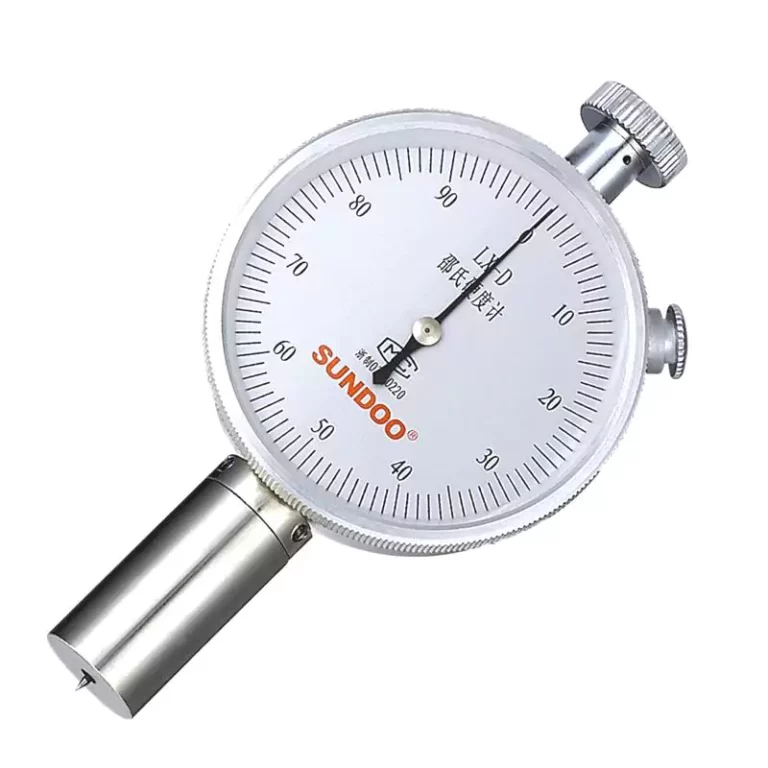What We Need To Know About Shore Hardness

Table of Contents What Is Shore Hardness? What Is A Shore Durometer? Importance of Measuring Hardness in Materials Material Selection Mechanical Properties Quality Control Material Characterization Wear Resistance Engineering Design Failure Analysis Shore Hardness Scales Shore A Hardness Scale Shore…



